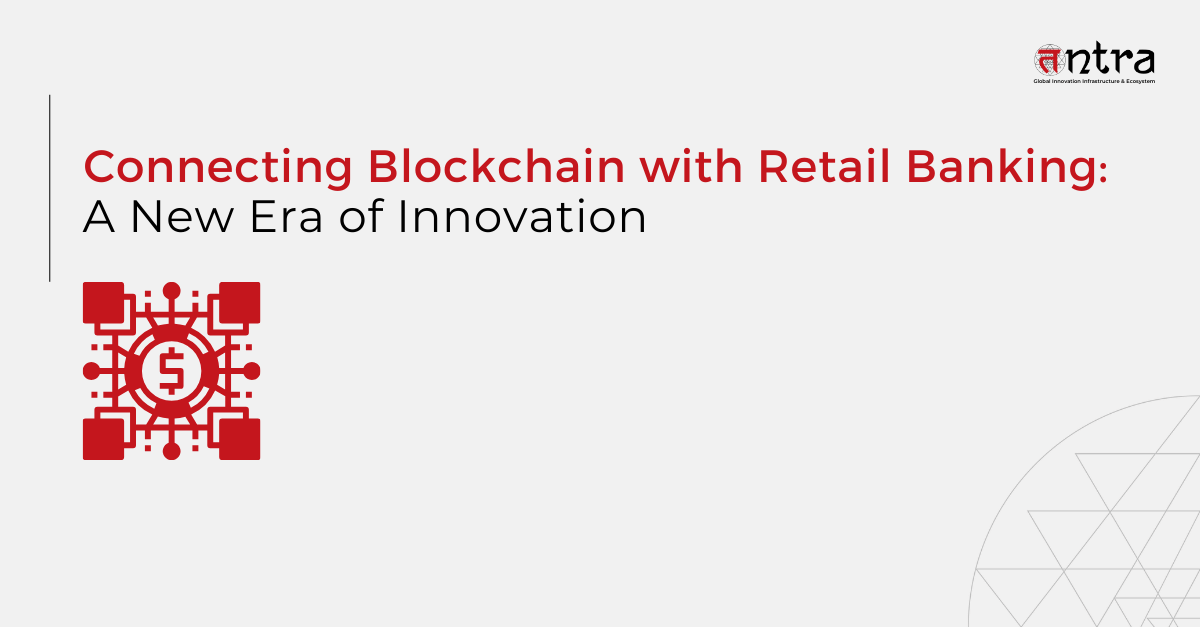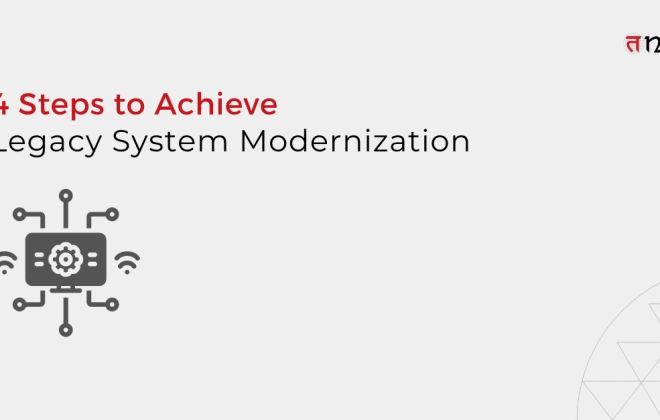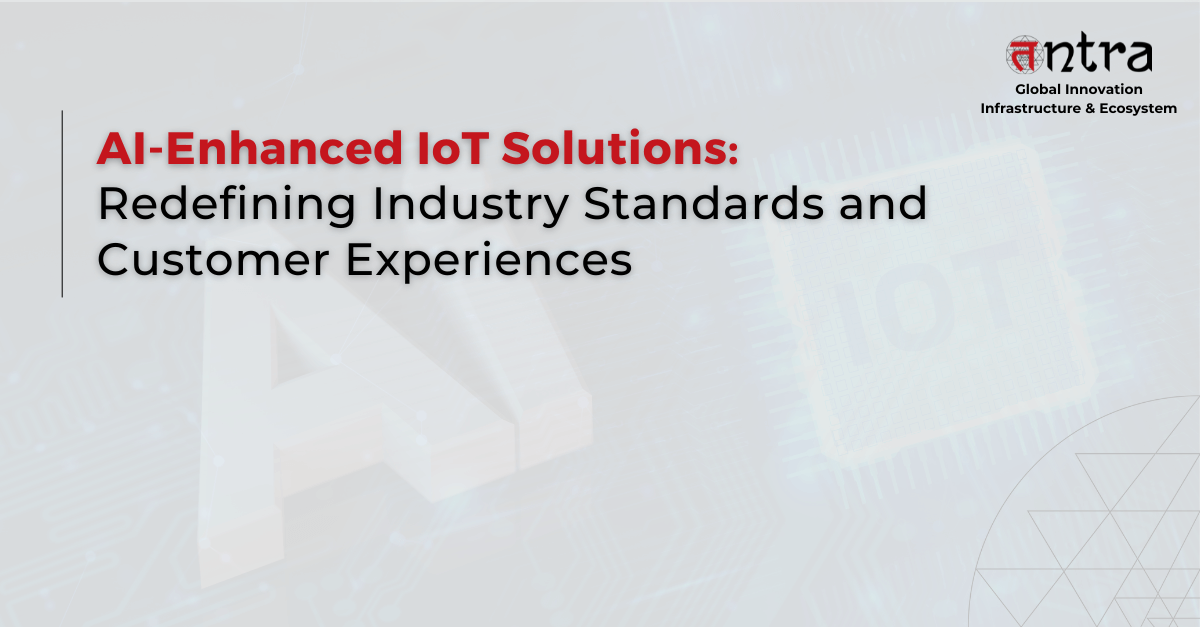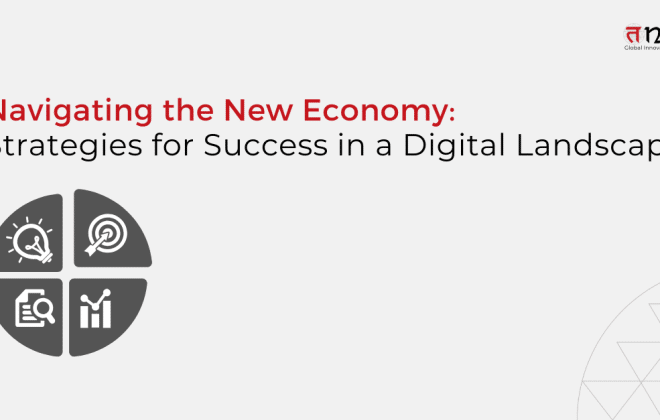
Connecting Blockchain with Retail Banking: A New Era of Innovation
Table of Contents
ToggleSummary
Blockchain promises to transform online banking by enabling more secure, quick, and affordable transactions. This technology’s sophisticated, open techniques streamline conventional banking procedures. It also lowers expenses by automating processes and cutting down on paperwork for banks and clients alike. All things considered, blockchain’s capacity to reduce expenses, boost security, and increase productivity highlights its revolutionary influence on the financial sector beyond cryptocurrency. Continue reading to learn more.
JPMorgan’s Onyx: Revolutionizing Payments with Blockchain and Programmable Flexibility
JPMorgan’s blockchain and digital asset unit, Onyx, was introduced for programmable payments. The JPM Coin digital currency system’s blockchain-based accounts are intended to use this capability.
Programmable payments use distributed ledgers and smart contracts to automate processes based on predefined criteria. The idea is dubbed a “if-this-then-that” interface by JPMorgan. Banks and FinTechs that are attempting to extract inefficiencies from customarily paper-based business payments compete with the bank.
More flexibility is being added for trading securities and processing overseas payments by JPMorgan’s Onyx division. Clients of JPMorgan can set up precise guidelines for the timing or manner in which transactions are carried out by using programmable payments.
Unexpected occurrences like changes in a supply chain or shortages of money can be accommodated by these regulations. Additionally, users have the ability to design adaptable rules for funding accounts or initiating payments for stock investments after a margin call.
The bank is making an effort to go beyond the somewhat rigid guidelines that have governed payments, especially those made by big businesses. Among these guidelines are standing orders, which are widely accepted norms that direct the execution of transactions. According to JPMorgan, these companies may theoretically establish their own transaction settings through “DIY” by switching to programmable payments.
(Source: American Banker)
Blockchain Making Waves in the Banking Industry
The market for blockchain in retail banking was estimated to be worth USD 0.64 billion in 2021, and between 2022 and 2030, it is projected to increase at a compound annual growth rate (CAGR) of 83.9%. The rise of the business is being driven by blockchain’s potential to remove middlemen and improve trust and data handling capabilities for retail banks.
According to a central bank poll, 73% of participants would need retail CBDCs to be accessible for all kinds of digital payments and in all situations.
How Blockchain is Transforming Retail Banking
It should come as no surprise that blockchain is altering the way that customers conduct transactions as it is predicted to completely transform the financial industry. It replaces and simplifies conventional banking procedures with cutting-edge methods that are safer, more effective, economical, and transparent. Here are a few examples of how blockchain technology in banking is making waves –
- Faster and cheaper remittances
Blockchain technology in banking and finance has the most obvious and fundamental application of changing the payment system. In addition to serving as a means of sending payments in digital currency throughout the world, Bitcoin and other cryptocurrencies also function as money. All that is needed for these transactions to happen instantly is an internet connection. The transaction itself happens in a matter of seconds, even if it can take several minutes for a transaction to be 100% confirmed. These transactions are safe, anonymous, and cross-border. It is also far less expensive to send money internationally than using credit card processors like Visa or wire providers like Western Union (WU) and Wise because each transaction only costs a few cents. - Fraud Prevention
Blockchain technology might be able to stop KYC fraud. Blockchain technology allows users to utilize a digital fingerprint as a unique identifier for account opening or onboarding. The digital fingerprint functions similarly to an actual fingerprint. Any bank connected to the network can access it by referencing it on a distributed ledger. The digital fingerprint owner can use it to validate their identity globally and to apply for new accounts. Because of the decentralized blockchain framework, banks may distribute updated data more easily and avoid duplication of KYC and AML compliance procedures by sharing authenticating information. - Lower Cost for Customers and Banks
Blockchain technology has the potential to automate banking procedures, resulting in quicker loan approvals, payments, and smoother transaction workflows. Inadequate reconciliation and record-keeping expenses are quite significant and may result in fraud cases. Blockchain technology enables the automation of many aspects of digital transactions, boosting efficiency and lowering susceptibility to cyberattacks. By utilizing blockchain ledgers, financial institutions can solve the majority of speed and cost issues. Because the technology does away with the typical paperwork associated with banking, overheads and additional costs are greatly reduced. Third parties or middlemen are not required. - Making banking accessible
By giving the unbanked and underbanked population greater access to financial services, blockchain technology has the potential to advance financial inclusion. Built on blockchain, decentralized finance (DeFi) systems provide a variety of financial services, including asset management, lending, and borrowing, without the need for conventional middlemen like banks. DeFi software product engineering solutions can aid in closing the gap between the banked and unbanked populations by lowering entry barriers and offering affordable solutions, promoting greater financial inclusion and economic development. - Cybersecurity in transactions
When used correctly, it can stop identity theft, protect digital interactions, and stop unauthorized parties from interfering with financial transactions. Blockchain fintech app development services can be applied to cyber-physical infrastructure to guarantee traceability, security, and authentication. It can help stop fraud and counterfeiting and streamline the payment process. By guaranteeing general integrity and trustworthiness, this can aid in the fight against internal threats and stop illegal access to data. Numerous instances of hackers breaking into networks and taking total control over vital operations have been reported. By validating data on blockchains before adding new entries or modifying existing ones, such situations can be prevented.
Final Thoughts
The financial industry is taking blockchain technology seriously because it has the potential to significantly disrupt the established banking sector. The blockchain is perfect for cutting costs and simplifying a wide range of processes, including payments, asset trading, securities issuance, retail banking, clearing and settlements, and more since it is tamper-proof, decentralized, and immutable. It becomes clear that cryptocurrencies like Bitcoin are just a small part of blockchain technology. Although the usage of these special and potent qualities for payments and money systems is disruptive, there may be more disruptive applications of these qualities.
If you want to kickstart your journey to Blockchain banking, Tntra is the right software product engineering company for you.
Contact us today for a free consultation!





